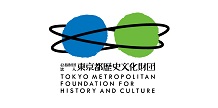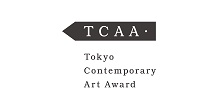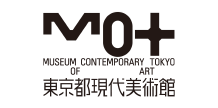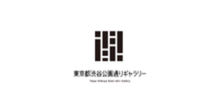【TOKAS Hongo】Announcement of successful candidates for OPEN SITE 9
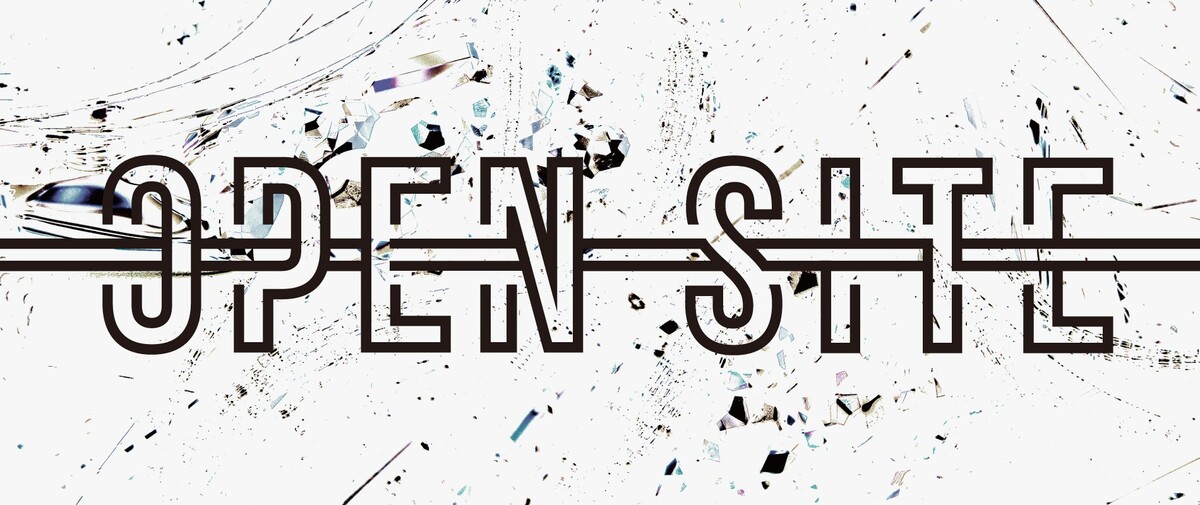
OPEN SITE is a Tokyo Arts and Space (TOKAS) open call program which began in 2016 and aims to build a platform that brings together projects focused on artistic expression across all genres. This year marked the 9th annual call for proposals, and a total of 279 applications were received. Following a strict selection process, successful candidates included four projects in the Exhibition category, two projects in the Performance category, and one project in the dot category. These projects will be implemented including the TOKAS Recommendation Program from November 2024 to February 2025.
Execution Projects
Exhibition
Open hours 11:00-19:00 / Admission free
Part 1|2024/11/23 (Sat) - 12/22 (Sun)
Name Javier GONZÁLEZ PESCE
Title "mundo"
Name COM_COURSE (rep. KUBOTAOGUISS Tomohiro)
Title "in search of lost figures"
Part 2|2025/1/11 (Sat) - 2024/2/9 (Sun)
Name TAKIDO Dorita
Title "Efficiency of Mutualism (Tentative)"
Name KANTO (rep. SATO Koichi)
Title "Social Water Archives (Tentative)"
Performance
Booking required / Admission paid
The schedule will be announced on the TOKAS website and flyers.
Part 2|2025/1/21 (Tue) - 1/26 (Sun)
Name NAKAGAWA Mao
Title "Magnetic Contradictions"
Part 2|2025/2/4 (Tue) - 2/9 (Sun)
Name Contemporary Circus RUTeN
Title "Sajyo-Rokaku 2024"
dot
Admission free
Part 1|2024/12/17 (Tue) - 12/22 (Sun)
Name What do you see from there? (ENDO Mikihiro, KUSANO Natsuka, HYUN Woomin)
Title "Dual-screen showing (tentative)"
TOKAS Recommendation Program
Admission free
Part 1|2024/11/23(Sat)- 12/8(Sun)
Name KARASAWA Kensuke
Title "KARASAWA Kensuke Solo Exhibition (tentative)"
Application Overview
| Application period | February 28 (Wed) – March 30 (Sat), 2024 |
|---|---|
| Total number of applications | 279 |
| Jury members | KISHIMOTO Kako (Artistic Director, BUoY) KOBAYASHI Haruo (Director, blanClass) HATANAKA Minoru (Chief Curator, NTT InterCommunication Center [ICC]) KONDO Yuki (Program Director, Tokyo Arts and Space) |
Jury Member's Reviews
KISHIMOTO Kako (Artistic Director, BUoY)
During the selection process, I strongly felt the impossibility of choosing just a few projects, constrained by the realities of limited space, from among the many proposals submitted in response to the open call. The process was time-consuming, as it involved multiple jury members discussing and scrutinizing projects from various perspectives, but was deeply rewarding. However, it feels slightly disheartening that ultimately all we can share with the applicants is a fraction of the process, namely the conclusion reached as to whether or not their proposal was selected. It goes without saying that the rationales behind the selections are always relative, and evaluating as-yet-unseen projects in advance is a formidable but truly worthwhile task. I eagerly anticipate seeing these projects materialize through OPEN SITE. I also sincerely hope that the proposals not selected this time, for unavoidable reasons, will find realization and success through other avenues.
KOBAYASHI Haruo (Director, blanClass)
For me a central characteristic of OPEN SITE is the process of screening the proposals. The proposals themselves make a lasting impression, sparking the imagination in various ways, and the interviews add another layer of perspective. Ultimately, the jury members’ judgment is put to the test when we see whether the realized exhibitions and performances live up to, surpass, or fail to meet our expectations. As a jury member, I have endeavored to engage in this process in the most straightforward possible manner. Nonetheless, every year it is a bit of a roller coaster ride, with various ups and downs as we ponder which projects will be able to triumph in this challenging environment. This year, there were a large number of remarkably well-crafted proposals that seemed to grasp the spirit of the OPEN SITE challenge. The projects ultimately selected were not mere proposals, but keenly addressed their own underlying issues while also reaching out to the potential viewer. They promise to be more than just completed works placed on view, and to grapple compellingly with the hurdles posed by presentation at TOKAS.
HATANAKA Minoru (Chief Curator, NTT InterCommunication Center [ICC])
In addition to being surprised that the OPEN SITE open-call program has already reached its ninth edition, I feel motivated to reflect anew on the implications of the word “experimental,”* a term no longer in the program title yet still central to its raison d’etre. It is crucial that the projects are not merely a group of artworks to be exhibited. The proposals must powerfully embody contemporaneity through diverse elements including exhibitions, performances, and dialogues, encompassing art, music, theater, physical movement, and workshops, and they must stand out for their originality.
There was a strong sense that the submitted proposals were consciously engineered to meet these criteria. Consequently, many of the proposals were outstanding, making the selection process extremely difficult. While the outcomes were the result of thorough deliberation, it should be said that some excellent projects were ultimately not selected simply because they fell outside the predefined paradigms.
Beyond their value as works of art, I hope to see the selected projects deepen our understanding of relationships within society, and deliver insights that show us how they differ from other TOKAS open-call projects.
*The Tokyo Experimental Festival and the Emerging Artists Support Program, which had been implemented at Tokyo Wonder Site (the predecessor of TOKAS) since 2006, were merged into OPEN SITE in 2016.
KONDO Yuki (Program Director, Tokyo Arts and Space)
The projects that reached the final selection stage felt evenly matched in terms of our evaluations and expectations. Therefore, as a jury member, I felt I had to reassess both the essence of being “experimental,” the key mission of OPEN SITE, and the significance of realizing these projects at TOKAS Hongo. “Experimental” character manifests in various forms depending on the media and approach. With this in mind, I considered the potential impact of these projects on the applicants’ trajectory as artists, curators, and researchers, and the degree to which they appear conscious of this impact. The significance of implementing these projects at TOKAS Hongo in particular served as one criterion in our discussions. While each jury member based their evaluations on their own personal perspectives and standards, all opinions were convincingly articulated, and opinions remained divided until the end. I anticipate seeing the realization of the eight selected projects surpass our expectations in the best possible way.




